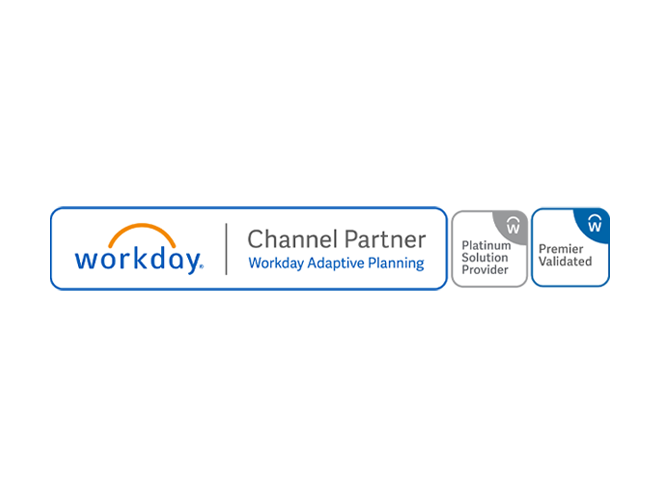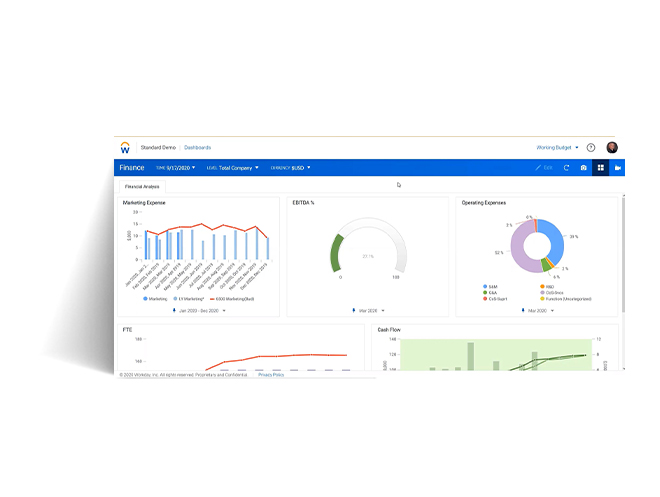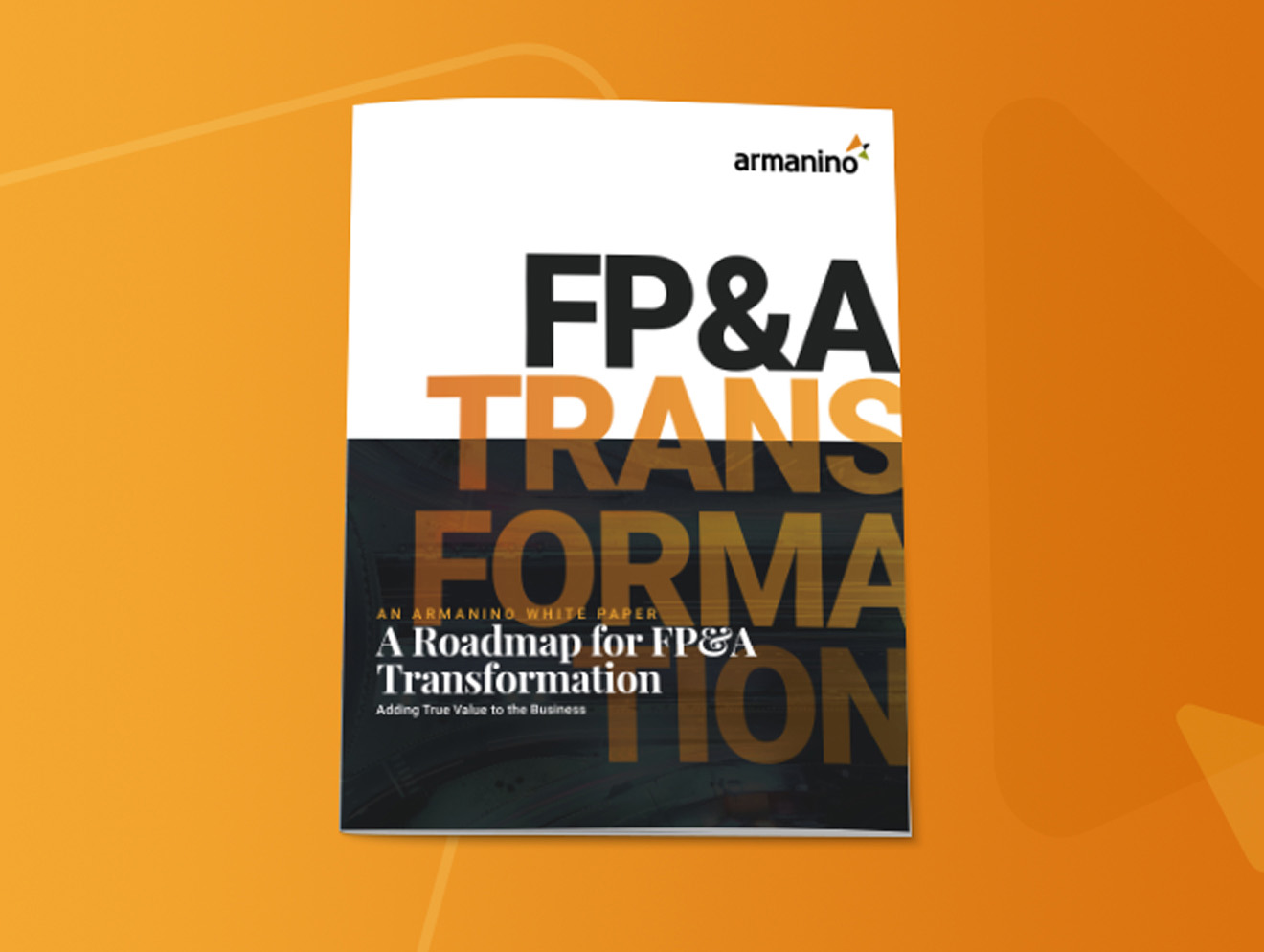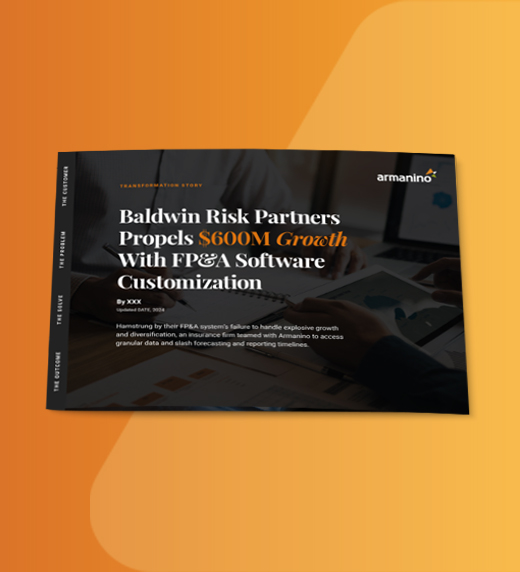Workday Adaptive Planning



Software Solution
Workday Adaptive Planning brings a fresh way for your organization to acquire keen business insights, collaborate and nimbly adjust to the ever-changing business environment. Built so teams in a wide range of functions can plan alongside finance, it supports an extensive group of cloud-based solutions:
Accessible from anywhere, Workday Adaptive Planning for Finance has everything you require in a finance software solution, including continuous financial planning, reporting and analysis. This is the only corporate performance management (CPM) software that’s simple, fast and powerful.
This purpose-built tool helps you easily optimize your sales resources while improving your sales performance and predictability. The solution automatically integrates with your corporate finance plans, enabling your sales operations and management teams to glean insight into how their actions affect other parts of the business, while also giving your finance team a simple way to organize planning across the company. You can create more accurate forecasts, so your whole organization can make smarter, faster decisions.
Now, more than ever, you need to adapt to market shifts in real time. To do that requires planning for an agile workforce. Workday Adaptive Planning for Workforce Planning lets you plan any scenario, model the right workforce, standardize plans across your business and collaborate to ensure that they are always synchronized with your corporate plan.
Whether you run a small- or medium-sized business, you’ll find that Workday Adaptive Planning can be built to match your exact needs. We’ve built custom implementation options to help you decide what features you need now, so you can get up and running quickly. There’s also no need to worry about outgrowing Workday Adaptive Planning, as it scales perfectly as you build your business.
Learn More

Integrations & Toolkits






If you have any questions or just want to reach out to one of our experts, use the form and we'll get back to you promptly.